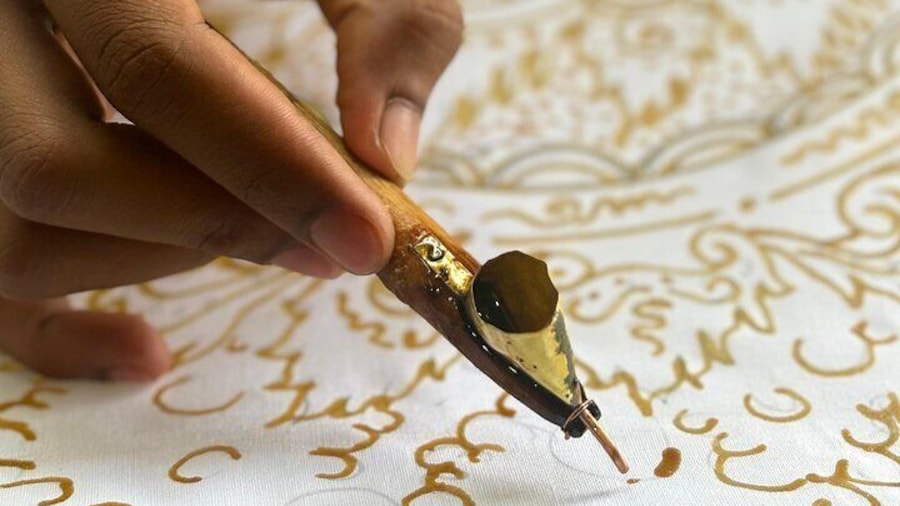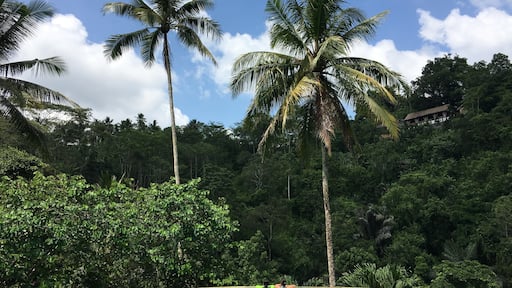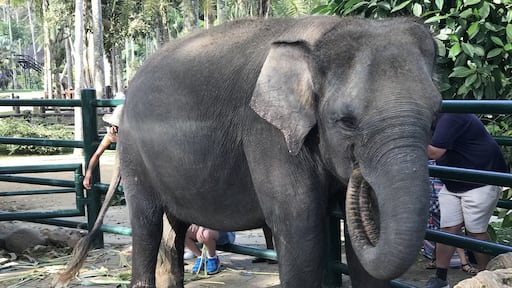Tegallalang Village lies in a river gorge, just to the north of Ubud. The feature it is most renowned for are its rice terraces. Although Bali itself is famed for rice terraces, this is where you'll find the most impressive of all. These immaculately-kept crop shelves rise from the ground as if ancient temples. Indeed, many of them are over 2,000 years old and were carved into the mountains by farmers using only rudimentary tools. It is testament to their ingenuity that the rice terraces still do their job of holding and dispersing the rainwater.
Be aware that Tegallalang Village is often crowded with tourists, especially at peak season. To avoid the most crowded time of day, arrive early in the morning there will be fewer people, and you'll see the area enveloped in a magical-looking mist. It's also recommended you head to the side of the rice terraces that face away from the village not as many people go here. The ground around the rice terraces is naturally damp, even boggy. Make sure you take suitable footwear for a hike. You'll also see a patchwork of rice fields not as impressive as the terraces perhaps, but still photo-worthy.
Inside the village itself, see the locals who thrive on the rice drop (as does much of the Balinese population). Just like many centuries ago, a community cooperative still ensures that water is divided fairly between farmers. Sit at a local eatery and devour a rice dish while looking at its place of origin. After lunch, dip into Tegallalang Village's local markets buy well-made handicrafts (such as wind chimes) for souvenirs that will last. Find more of these markets in neighbouring villages, accessible by foot.
Tegallalang Village is in the centre of Bali, a 10-minute drive from Ubud. You can reach it by taxi, or rental car or scooter. Much of the accommodation in the area also offers guided tours. These give you more insight into the history and religion surrounding Bali's rice crops.
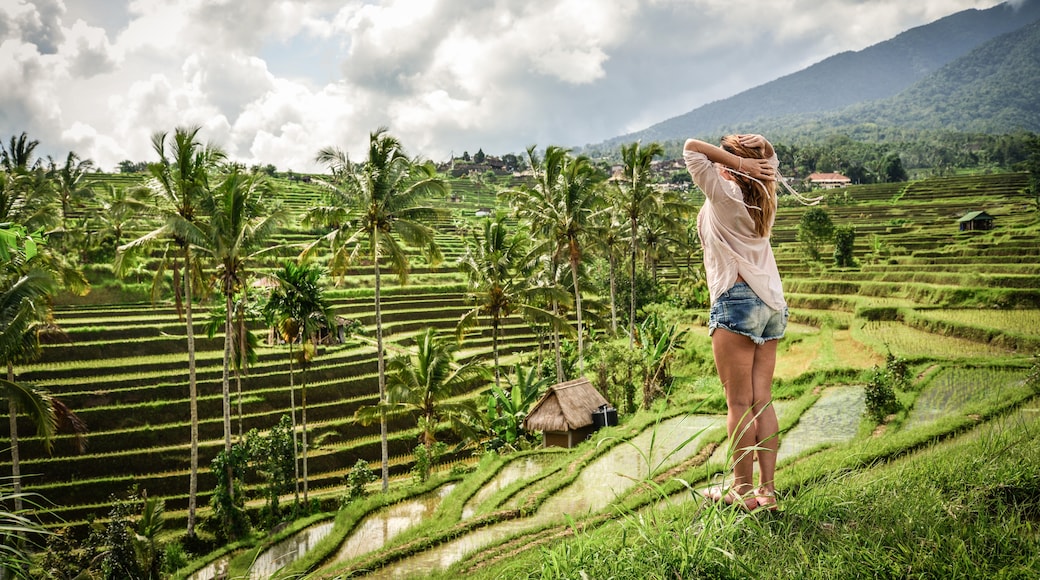
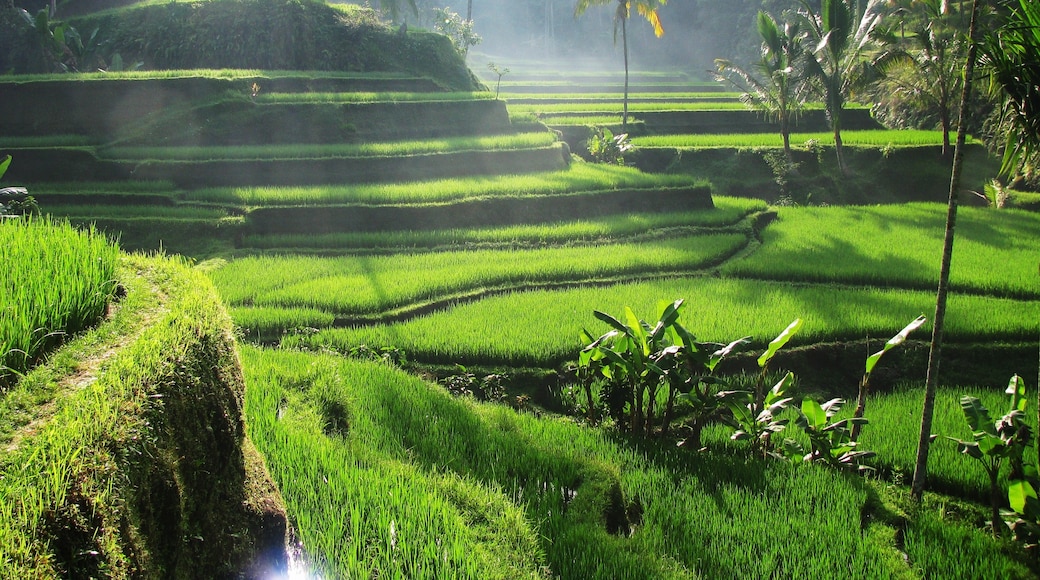

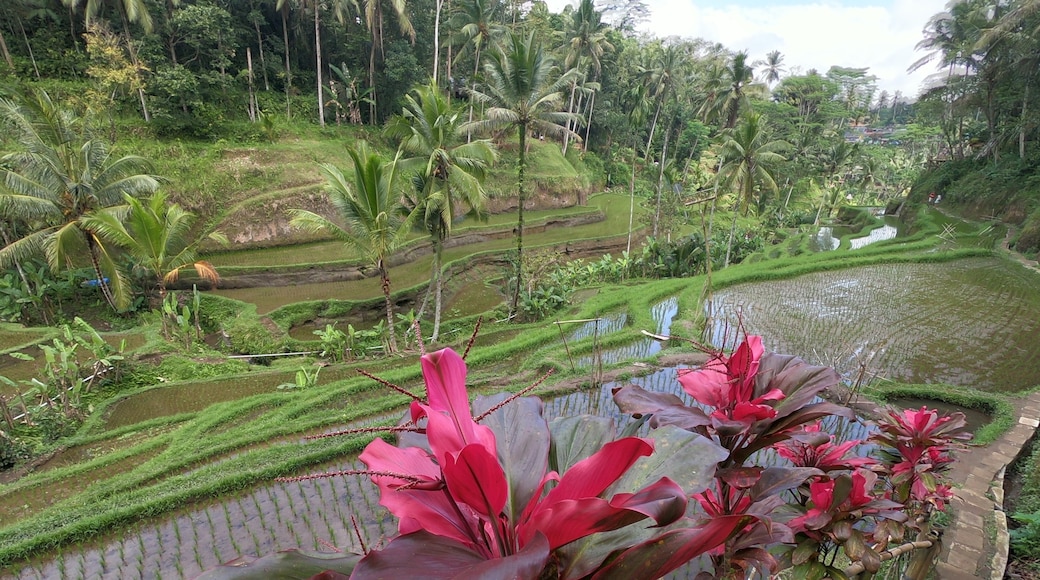
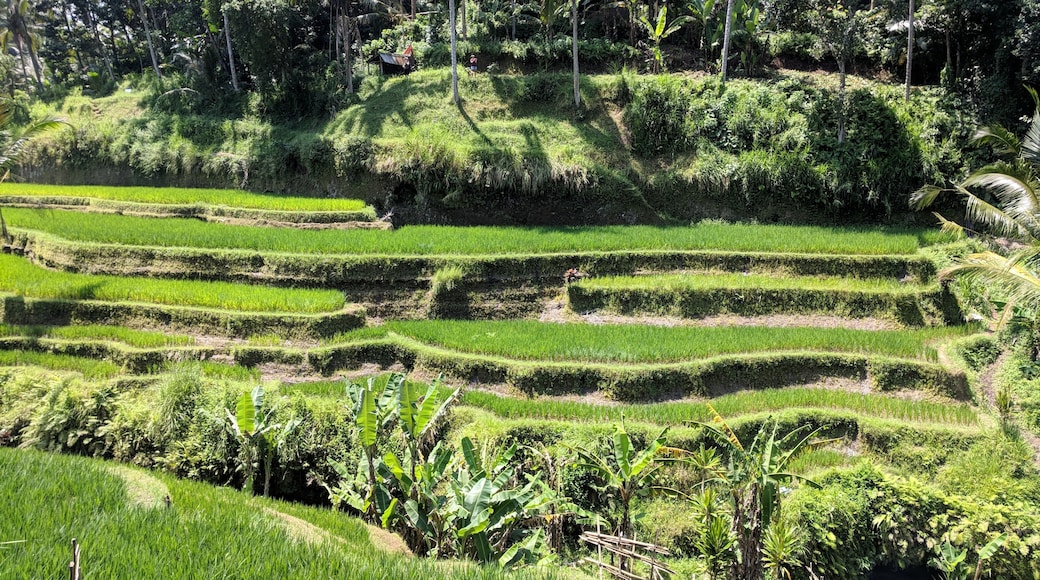




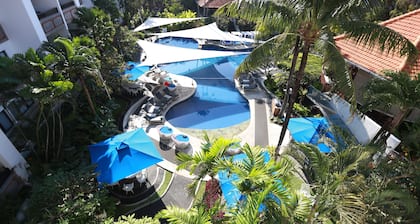

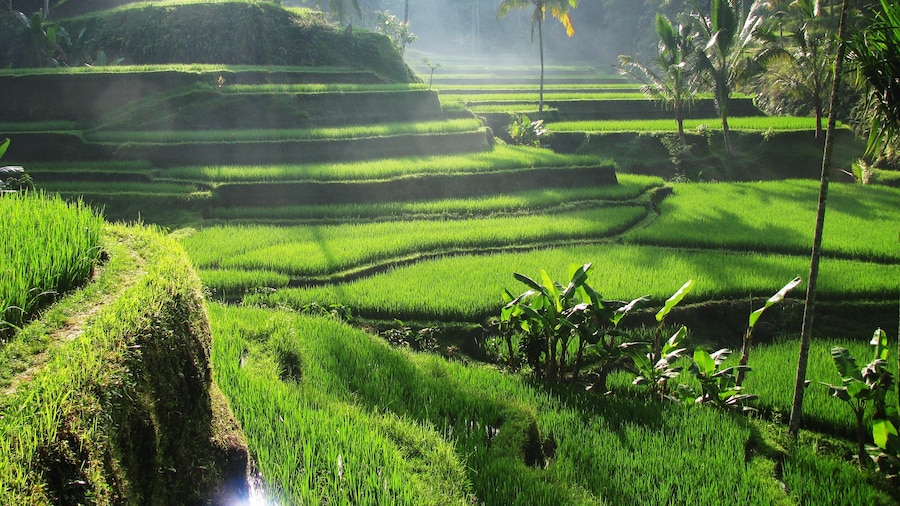


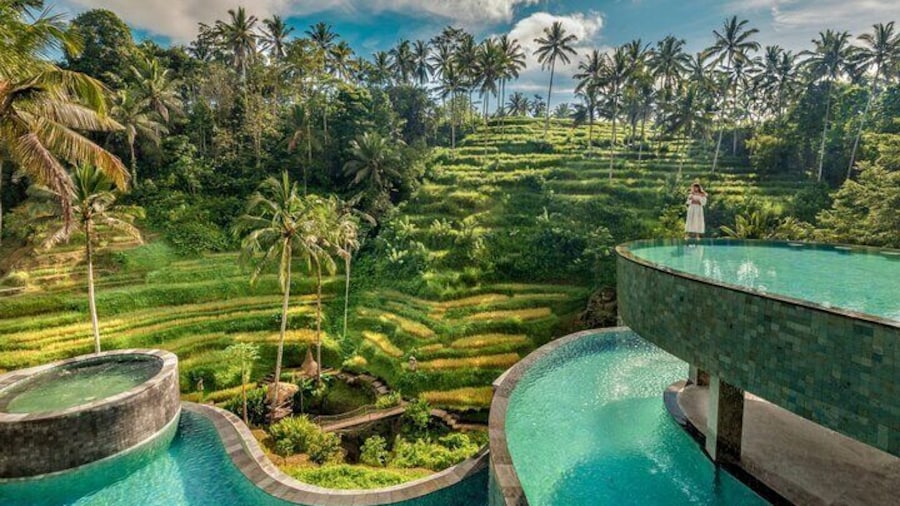
![[25% OFF] Bali Instagram tour](https://mediaim.expedia.com/localexpert/3462912/820bcd72-293a-4f22-bfe4-70d1c582a592.jpg?impolicy=fcrop&w=900&h=506&q=mediumHigh)
